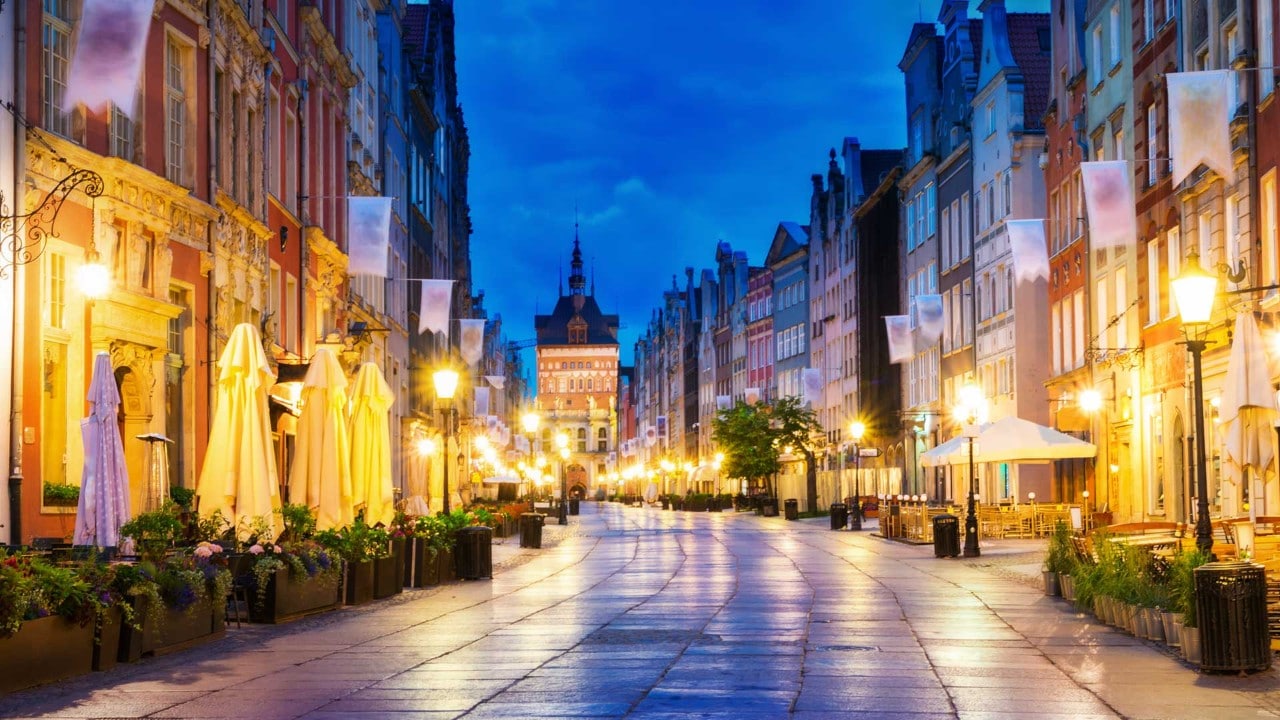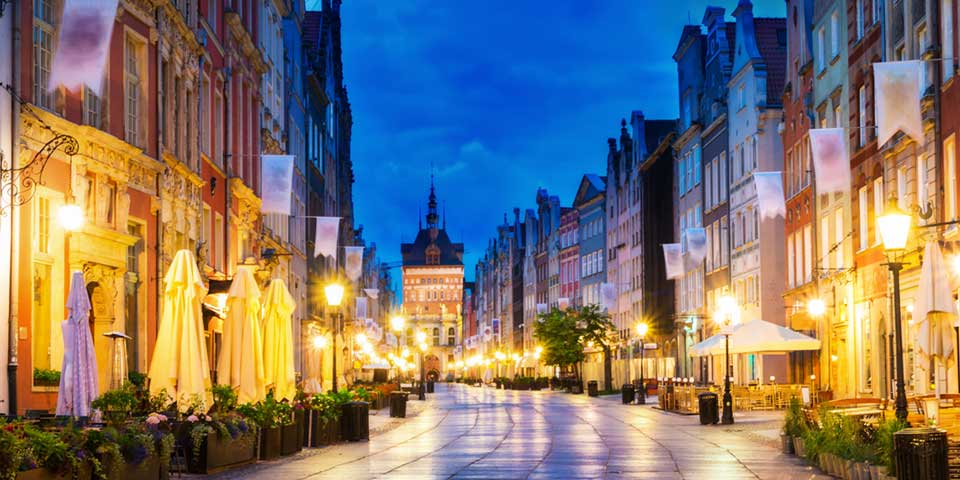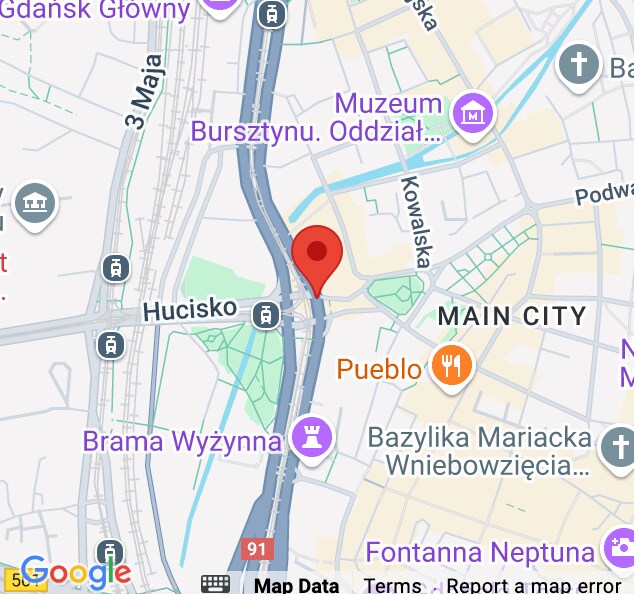Gdańsk weathers the storm and shines again

GDAŃSK
Gdańsk is everything you would expect a 1,000-year-old Baltic city to be – a center for trade, a disputed land and a hotbed for war and political turmoil. No doubt, the city has seen its share of unrest. But Poland’s largest port and sixth largest city has survived it all and now offers worthwhile activities that celebrate its history.
For centuries, Gdańsk was an independent city-state called Danzig, whose residents primarily were ethnic Germans. The Nazi gunboat Schleswig-Holstein fired the first shots of World War II at the city’s Westerplatte Peninsula on September 1, 1939. Although greatly outnumbered, the Poles stood their ground for seven days, and the damaged but still standing guardhouse is symbolic of their will to survive. Gdansk has been part of modern Poland since the end of the war in 1945.
Poland’s history of strife has created hearty people. The Solidarity movement, led by Lech Walesa, was born here, and his labor movement contributed to the end of Communism in Central Europe. Architectural remnants of that time still exist around town.
Begin your visit by walking the cobblestone streets of the Long Market in Main Town. This pedestrian section of town was destroyed in World War II and then meticulously rebuilt.
Stroll along Dluga and Dugi Targ, flanked to the east by the Green Gate and the west by the Golden Gate, and take time to linger at several of the amber shops and outdoor restaurants. Gdańsk is world-renowned for amber, a fossilized tree resin often used to make jewelry.
Along the way, you’ll see the Neptune Fountain, a landmark located in the center of the Long Market. The bronze statue, sculpted by Flemish artist Peter Husen, was made between 1606 and 1613. Legend has it that Gdańsk’s trademark liqueur, Goldwasser, once gushed from Neptune’s trident.
Religion is important in Poland, where almost 90 percent of the people practice Catholicism.
Whether you are Catholic or not, visit St. Mary’s church, the largest brick church in the world and the largest church of any kind in Poland. The 14th century structure has 31 chapels and 37 large windows; it can accommodate more than 20,000 worshippers. Many of the frescos were destroyed during World War II, but some still remain.
An enormous astronomical clock – 25 feet high and dating from 1464 – keeps track of solar and lunar progressions and also displays signs of the zodiac, which is unusual for a Catholic church. Climb several hundred stairs to the top of the church tower for a great view of the city.
Oliwa Cathedral is another fascinating church and only about 20 minutes away by car. The church was built in the 13th century but has been modified many times due to invasion and war. The centerpiece is a huge rococo organ, built by Johann Wuff from 1755 to 1780, that has 7,896 pipes. The organ’s 110 registers give it an incredible dynamic range. Time your visit to see a 20-minute demonstration of the organ – something you won’t soon forget.
Gdańsk is about two hours by car from Bydgoszcz and a little more than three hours from the capital, Warsaw, making for an interesting diversion from those cities.

